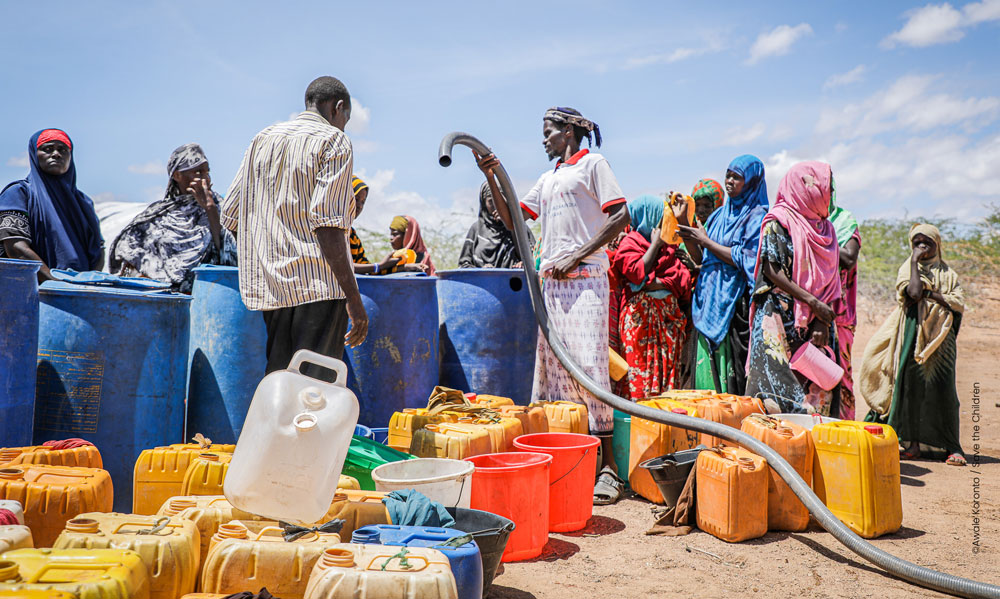Nearly every week, people lose their lives as they try to migrate for survival or in search of better opportunities. Even as recently as when this post was written, four boats sank during their journey from Tunisia to Italy. Since 2014, the International Organization for Migration (IOM) estimates, 53,792 people have died or gone missing while migrating internationally using irregular pathways. These numbers belie other human rights abuses, physical and/or sexual violence, exploitation, and risks people are subjected to while making their journeys. Some research suggests that the scale of this issue has affected over 100 million people who have migrated irregularly (Yayboke and Gallego 2019).
The anecdotes and statistical trends reveal urgent policy needs to facilitate safe and orderly migration. Irregular migration is a complex and multi-faceted global issue. Poverty, lack of economic opportunities, conflict and violence, political instability, and climate change are drivers of migration out of necessity and forced displacement. These circumstances exist alongside pull factors in destination countries, such as better economic opportunities, more secure societies, political stability, and frequently, limited legal pathways. Prospective migrants who seek better lives may not always understand the full costs, risks, dangers, and systemic disadvantages of migrating through irregular means.
Although many interventions seeking to address the root causes of irregular migration have been implemented to date (i.e. by USAID or others), there are few systematic and comprehensive reviews on the topic of what works to reduce irregular migration. As indicated in this Center for Global Development policy paper, (2021) ‘Addressing the “Root Causes” of Irregular Migration from Central America’, there is limited or contradictory evidence on the relationship between the intervention and the outcome of interest (i.e., reducing irregular migration). An absence of research that examines the entire evidence base – rather than single or cherry-picked studies – means that we do not know which interventions have been assessed or where evidence is scarce. This gap challenges the already complicated task of designing effective interventions to address the root causes of irregular migration.
Using evidence to inform policy and programming
3ie is producing two studies as part of a subgrant under the IOM-Guatemala/USAID project on Addressing the Root Causes of the Irregular Migration in Guatemala1 . This project aims to generate evidence and connect Guatemalans to evidence-informed opportunities to achieve prosperous, secure, and dignified lives in their communities by reducing irregular migration. We will use systematic search and screening strategies to map the global evidence base of effectiveness research. An evidence gap map and targeted synthesis study will be made publicly available by August 2023. These research outputs will inform the project and answer pressing global policy and research questions about what works to address irregular migration.
How can you help validate our literature search?
As part of the evidence gap map study, we will run a comprehensive search of the literature in academic databases and grey literature sources. We are keen to supplement the studies we have already found and invite key stakeholders and the public to share relevant impact evaluations or systematic reviews, especially those which are forthcoming or recently published.
The EGM will include the interventions listed below addressing the following root causes and drivers of irregular migration. We are seeking studies that evaluate the effectiveness of the below interventions in relation to final and intermediate migration or forced displacement outcomes.
| Root cause/driver | Intervention domain |
|---|---|
|
|
|
|
|
|
|
|
If you know of a study that might be relevant to this EGM or have any thoughts/views to share on the subject, please comment below and/or contact Daniela Anda (danda@3ieimpact.org). We are accepting study suggestions until 15 July 2023.
1The Addressing Root Causes and Drivers of Irregular Migration set of studies have been made possible by the generous support of the American People through the United States Agency for International Development (USAID). The contents of this (publication) are the sole responsibility of 3ie and do not necessarily reflect the views of the International Organization for Migration (IOM), USAID, or the United States Government.”








